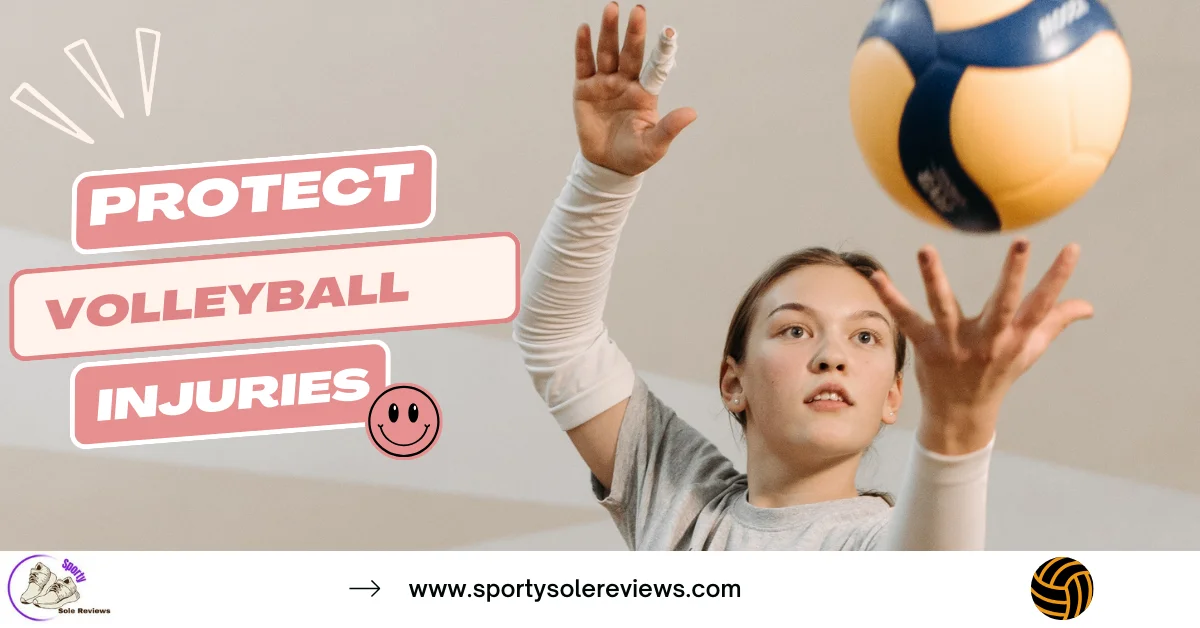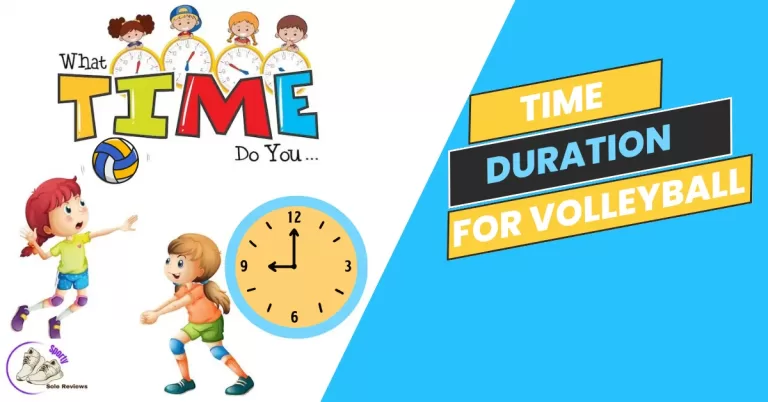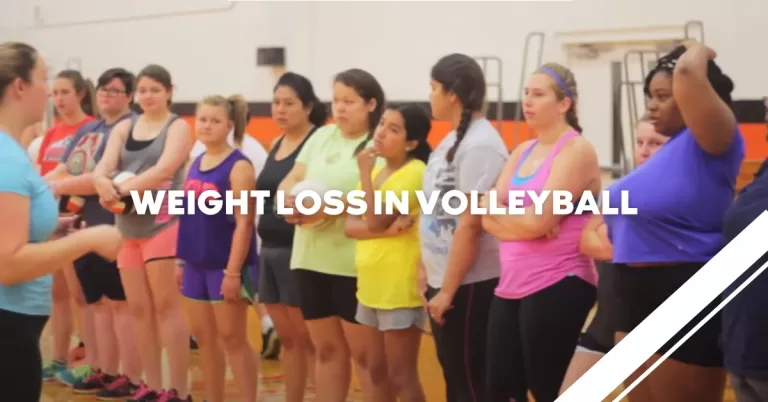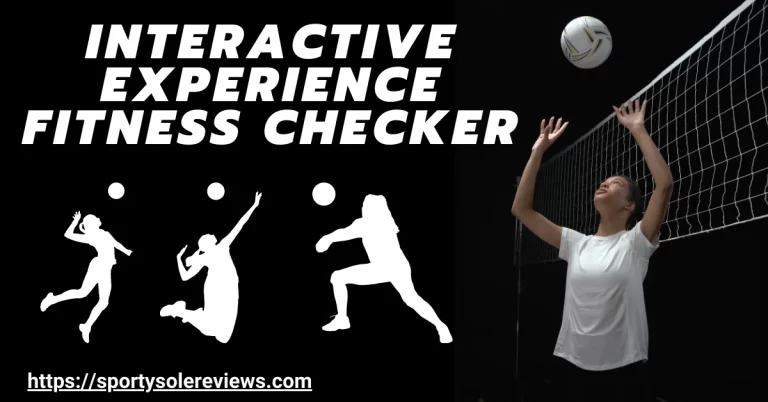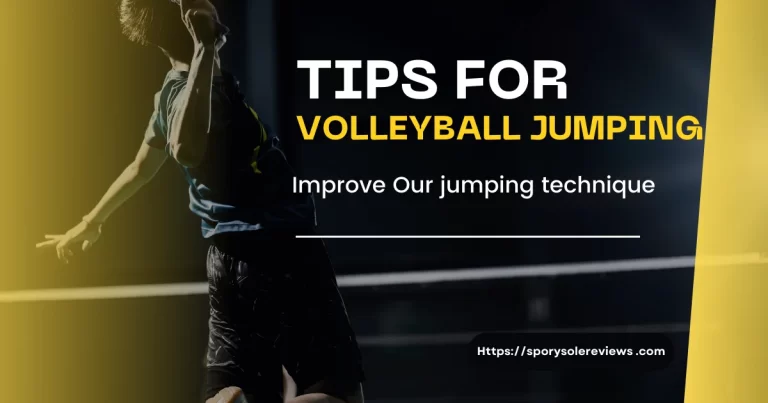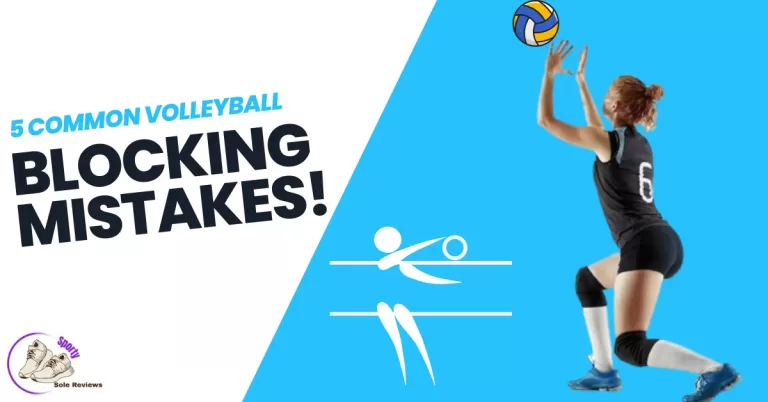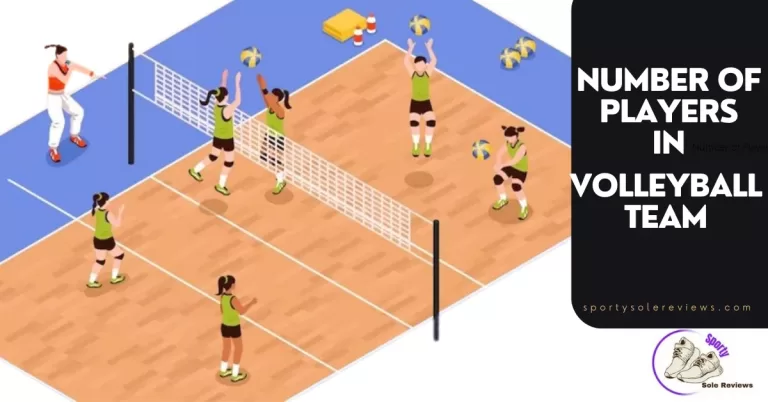Volleyball Injuries: Protect Your Legs, Ace Your Game!
Volleyball is an exciting sport that requires both skill and strength. As a player, I know that players need to take care of their legs because they do a lot of jumping and quick movements. Injuries like tendon issues and fractures can happen if they don’t protect their legs properly. By focusing on leg health, using preventive measures, and getting the right treatment, players can stay on top of their game and avoid setbacks.
Volleyball Injuries| Type of Injury | Description | Frequency (%) | Prevention Tips |
|---|---|---|---|
| Sprained Ankle | An injury to the ligaments of the ankle, often due to quick directional changes. | 35% | Proper warm-up, ankle braces, and strengthening exercises. |
| Knee Injuries | Includes ACL and MCL tears, common when landing awkwardly or sudden stops. | 20% | Strengthening exercises and maintaining proper jumping and landing techniques. |
| Shoulder Injuries | Rotator cuff and labrum injuries due to overhead motions like spiking or serving. | 15% | Proper shoulder strengthening exercises and mechanics. |
| Wrist Injuries | Includes sprains and fractures, often from blocking or diving. | 10% | Wrist guards and technique improvement. |
| Back Injuries | Strains and herniated discs can occur due to repetitive motions and awkward positions. | 8% | Core strengthening exercises and proper posture. |
| Finger Injuries | Commonly dislocated or jammed fingers from ball impact. | 5% | Finger taping and protective gear. |
| Other Injuries | Includes bruises, cuts, and minor contusions. | 7% | Proper protective gear and first aid. |
Common Lower Extremity Injuries in Volleyball
The thrilling game is filled with spikes, dives, and quick lateral movements, and these actions can sometimes lead to injuries. Below, I explore some of the common lower extremity injuries that volleyball players may encounter during their careers.
Patellar Tendon Tendinopathy:
Patellar tendonitis, commonly known as jumper’s knee, affects the patellar tendon just below the kneecap. This injury is often seen in volleyball players due to the repetitive jumping and landing during the game. It can cause pain and discomfort, hindering a player’s ability to perform at their best. Proper warm-ups, stretching, and knee-strengthening exercises are essential to prevent and manage this condition.
ACL Tears:
An ACL tear is a dreaded injury among athletes, including volleyball players. The anterior cruciate ligament (ACL) stabilizes the knee joint, and sudden changes in direction or awkward landings can lead to tears. Preventive measures, such as neuromuscular training and balance exercises, can reduce the risk of ACL tears and protect players’ knees from severe damage.
Meniscus Tears:
The meniscus is a piece of cartilage that cushions the knee joint. Volleyball players can experience meniscus tears from abrupt twisting or turning movements. These tears can cause pain, swelling, and limited mobility. Proper rest and early intervention with physical therapy are crucial to promote healing and maintain knee stability.
Stress Fractures:
The repetitive impact of jumping and landing can lead to stress fractures in the lower leg bones. These microfractures, although tiny, can cause significant discomfort and potentially sideline players for an extended period. Adequate nutrition, rest, and a gradual return to play are essential to building strong, resilient bones and preventing stress fractures.
Ankle Sprains:
Ankle sprains are among the most common acute injuries in volleyball. Quick changes in direction and uneven surfaces can cause the ankle to roll or twist, resulting in ligament sprains. Players should focus on ankle-strengthening exercises and consider wearing supportive footwear or braces to minimize the risk of ankle sprains and maintain flexibility for agile movements on the court.
I possess a wealth of knowledge about injuries, and I’m here to provide valuable insights and practical advice. Please continue reading to enhance your knowledge about volleyball injuries and how to stay safe.
Prevention Strategies: Defending Against Volleyball Injuries
To fully enjoy the game and minimize the risk of injuries, players and coaches should prioritize prevention strategies that safeguard against common volleyball-related injuries. Here are some key approaches to defending against volleyball injuries:
Volleyball Protective GearVolleyball Protective Gear and Uses
| Protective Gear | Uses |
|---|---|
| Knee Pads | Protect the knees from abrasions and impact during dives and falls. |
| Elbow Pads | Offer protection to the elbows when players hit the floor during play. |
| Ankle Braces | Provide support to the ankles to prevent sprains and injuries during quick movements. |
| Eye Protection | Shield the eyes from fast-moving balls and accidental pokes from opponents. |
| Compression Shorts | Help reduce muscle fatigue and provide support to the lower body muscles. |
| Mouthguard | Protect the teeth and mouth from accidental impacts and collisions with other players. |
Warming Up and Stretching:
Warming up before hitting the court is crucial. Engaging in light cardiovascular exercises elevates the heart rate and increases blood flow to the muscles. Followed by dynamic stretching, these activities prepare the legs for the intense movements involved in volleyball and reduce the risk of muscle strains and tears.
Strength Training:
A well-rounded strength training program can contribute significantly to injury prevention. I designed a training instant calculator for volleyball players that can be helpful for injury prevention. Focusing on lower body exercises, such as squats and lunges, helps build power and stability in the legs. Strengthening the surrounding muscles supports the joints, minimizing the impact of repetitive movements on vulnerable areas.
Proper Landing Techniques:
Learning the art of proper landing techniques is vital in volleyball. Training athletes to land with bent knees and a soft impact reduces stress on the knees and ankles, lessening the risk of acute injuries like ligament sprains and fractures.
Footwear and Ankle Support:
Investing in appropriate footwear with good shock absorption and ankle support can significantly reduce the risk of foot and ankle injuries. The right shoes offer stability and grip, enhancing performance while minimizing the chances of slips and falls. Ensure you ‘Step Right’ with confidence and comfort by using our Sole Size Calculator. Say goodbye to ill-fitting shoes and hello to accurate fits that not only enhance your game but also protect your legs from potential injuries.”
Rest and Recovery:
Equally crucial as intense training is the art of rest and recovery. Adequate rest allows muscles and ligaments to heal and rejuvenate, reducing the risk of overuse injuries. Listening to the body’s signals and addressing any discomfort promptly can prevent minor issues from turning into major setbacks.
Injury Management and Rehabilitation
When injuries occur, effective injury management and rehabilitation are critical to ensure a safe and successful return to the game. Here’s a closer look at these crucial aspects:
Immediate First Aid:
When an injury occurs on the court, immediate first aid is crucial. Players and coaches should be familiar with basic first aid techniques to address common injuries like sprains, strains, or cuts. Properly handling injuries in the initial moments can minimize further damage and aid in the recovery process.
Seeking Professional Help:
For more severe or lingering injuries, it’s vital to consult a sports medicine specialist. These experts are well-equipped to diagnose and create personalized treatment plans for volleyball players. Their in-depth knowledge of sports-related injuries ensures that players receive the best care and guidance throughout their recovery journey.
Physical Therapy:
Physical therapy plays a central role in rehabilitating volleyball injuries. Therapists work closely with athletes to design rehabilitation programs that focus on restoring functionality and mobility. Targeted exercises and techniques help players regain strength and flexibility in their legs, preparing them for a safe return to the court.
Gradual Return to Play:
Once cleared by medical professionals, a gradual return to play is essential to avoid re-injury. Incremental reintroduction to volleyball activities allows players to build confidence in their healed legs while reducing the risk of setbacks. Coaches play a vital role in managing this process, ensuring players’ well-being remains a top priority.
Conclusion
Prioritising injury prevention, improving performance, and taking charge of leg health ensures long-term success in volleyball. Empowering players to overcome challenges and safeguard their legs leads to a thriving future on the court.
What are common volleyball injuries that affect the legs?
Volleyball injuries can include sprained ankles, knee strains, and even stress fractures. These injuries often impact the legs due to the sport’s dynamic movements.
How can I prevent leg injuries while playing volleyball?
You can protect your legs by wearing proper footwear, doing regular strength and flexibility exercises, and practicing safe landing techniques during jumps and dives.
What are some signs that I may have sustained a leg injury while playing volleyball?
Look out for symptoms like swelling, pain, limited range of motion, or instability in your legs. These could indicate a potential injury that needs attention.
Are there specific warm-up routines to reduce the risk of leg injuries in volleyball?
Yes, warming up with exercises that focus on your leg muscles and joints, like lunges and squats, can help prepare your legs for the demands of the game and reduce the risk of injury.
What steps should I take if I do experience a leg injury while playing volleyball?
It’s essential to stop playing immediately, rest the injured leg, apply ice, and seek professional medical advice. Continuing to play with an injury can worsen the condition and prolong your recovery.

